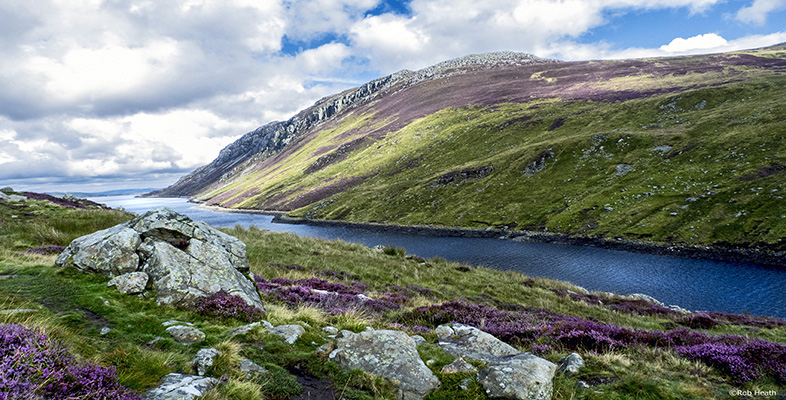1.5 Water power
This second phase was achieved by focusing on the water-power potential of the site. Water power had been the catalyst for the original industrial development, and it seemed apt to capitalise on that. It was decided to install a new waterwheel where the original one had been. This provided an important visitor attraction, and also presented the opportunity to use the waterwheel to generate electricity for the site, thus providing significant cost savings. Furthermore, as part of that building work, a water turbine was installed, allowing the Trust to earn additional income from the sale of electricity to the National Grid. The water-power project cost £850,000 and was completed in 1993.
As part of an overall strategy of nature conservation on the site, and as an added visitor attraction, while the water-power systems were being installed a fish pass was incorporated to enable salmon to return to their spawning grounds.
During this extensive phase of building work, the interpretation of the site for visitors was largely completed.
A conscious decision was taken not to attempt to reconstruct the archaeological features of the tinplate works. Rebuilding was only undertaken for structural reasons or to facilitate visitor understanding. Consequently, visitors to the site see only the consolidated lower walls of the original industrial buildings. Interpretation is achieved by the use of external text panels with artists' impressions of the way the tinplate works would have appeared in its heyday.
A fuller interpretation of the site is displayed in an exhibition in the original stable building. This covers the whole history of the site, and describes the experience of working in the tinplate works through the eyes of a number of individual workers – including children.
